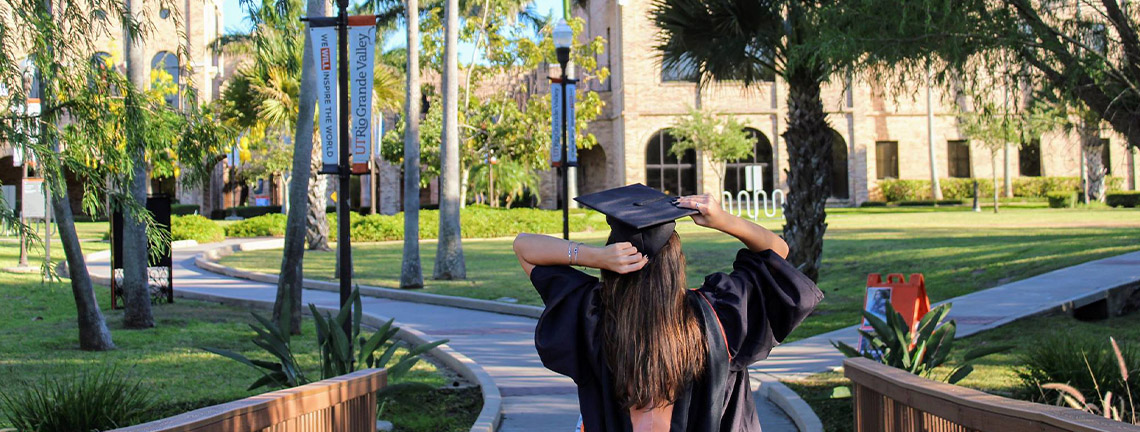
Theses and Dissertations
Femtosecond Pulse Filamentation In Sapphire Crystals Toward Photonics Sensor Fabrication
Abstract
Through pulse filamentation, femtosecond laser pulses have been utilized to modify the refractive indices of dielectric materials such as glass, A-plane sapphire crystal, and C-plane sapphire crystal. The 10x Infinity Corrected Lens was used, and the focusing condition was tuned as being the same and fixed to both glass and sapphire crystals. First, 8uJ of laser energy was optimized to produce controlled pulse filamentation voids in the glass. The laser intensity was then optimized to 2-3.5 uJ, 1.5 uJ, & 2.5 uJ, respectively, for the controlled pulse filamentation in A and C plane sapphire crystals. Due to the different crystal orientations in the A and C planes of sapphire, it was found that the morphology of pulse filamentary voids remains the same. The filament length extends as the laser energy rises for both the A and C planes, but the laser energy must be below a given threshold. The filamentation void length undergoes saturation after exceeding the threshold value. After successfully inducing controlled pulsed filamentation in both A and C-plane sapphire crystals, the parameters such as grating period, length of grating, etc. were optimized using the simulation program OPTIGRATING to construct sapphire optical fiber sensors.

